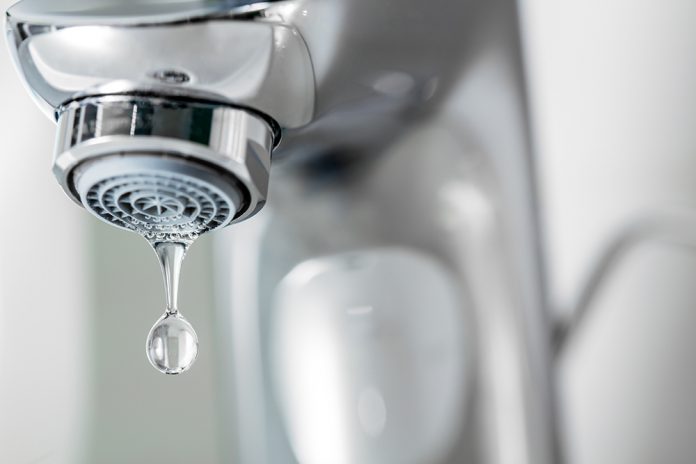In the UK water conservation has been almost treated with derision. Excepting the summer of 1976, water restrictions are limited to occasional hose pipe bans. However, the wider impact of excessive water usage is now becoming recognised.
At the 2022 Waterwise conference, Prof Liz Sharp, University of Sheffield, explained that research had shown that the water efficiency message in itself had little impact on behaviour. The relative cost of water is low, so monetary savings in not a good incentive. Conversely, links with wider issues of interest to a particular community could.
“Water is the primary medium through which we will feel the effects of climate change.” 1
United Nations, Water Facts
Even in our ‘green and pleasant land’ the change in weather patterns due to global climate change have resulted erratic rainfall patterns, leading to (mostly) short term supply issues, which can impact on our green spaces and countryside. In addition to these ‘direct impacts’, the process of cleaning, processing, and heating water accounts for 6% of CO2 emissions in the UK.2
To date few people have made the link between the water coming out the tap to local environment. However, the connections between water, the environment and energy costs are being highlighted by organisations as diverse as the United Nations through to local conservation groups.
‘The energy used to heat water for devices and appliances emits an average of 875kg of CO2 per household per year. This is equivalent to the CO2 emissions from driving more than 1,700 miles in an average family car.’ 3, 4
Energy Saving Trust
To many the more immediate issue is energy prices. Heidi Mottram, CEO, Northumbrian Water highlighted the fact that on average 25% of energy used in the home is to heat water.
Whilst water efficient appliances, i.e. dishwashers and washing machines, can reduce domestic water and energy usage, much of this hot water is used in ‘time critical’ usage e.g. taking a shower or running the tap to rinse dishes.
Customer education can help as can water meters, but both have their limitations.
Our water companies are regulated to provide a minimum standard of pressure and flow of water, but in many areas due to network structure and gravity fed systems supply is much greater. So, run a hose for five minutes at the bottom of the hill, and your lawn will be greener that the gardener that does the same at the top. These ‘time controlled’ uses, e.g. teeth cleaning, taking a shower, running a tap to rinse dishes could be standardised down if all households received the same acceptable, ‘standardised’ supply.
Defra’s target is an average reduction of 33L per person per day. Groundbreaker’s NRv2 LoFlo is a surprisingly simple method of working towards that target. Independent research carried out by WRc, showed a theoretical reduction of 2-4% of typical water usage. However, recent field trials by a major UK water company are showing reductions in excess of 37L per day per household (for one or two person households) – a saving in PCC in excess of 10%.
NRv2 LoFlo regulates the level of flow entering customer premises – regardless of network pressure, meaning a reduction in the level of water used by customers when ‘variable use’ appliances are used. As the flow of water into the premises is limited, then the amount used by the customer is also limited – but without providing a degradation of service, and more importantly not requiring any intervention or behavioural change on the part of the customer, leading to ‘natural’ reduction in per capital consumption.
A number of flow modulation ranges are available which enable the perfect balance between usage reduction and service provision. As an added benefit, the NRv2 LoFlo can also provide whole site protection against contamination by back flow.
The NRv2 LoFlo can be easily and simply retrofitted to any meter installation, or meter exchange when upgrading or remediating underground meter chambers. Thus, allowing Water Companies to manage demand with little or no impact on consumers and at minimal cost to the water undertakers – effectively a 3 in 1 solution.
A simple solution at approximately £20 per household, fitted on the normal meter exchange/upgrade cycle could achieve in excess of 20% of our consumption target in 10 years.
Steve Leigh FIWater, Managing Director Groundbreaker Systems
Groundbreaker Systems won the HBF’s ‘Utility of the Year’ in 2018.
1. https://www.unwater.org/water-facts/climate-change/
2. Environment Agency (2008): Greenhouse gas emissions of water supply and demand management options, Science Report – SC070010
3. Ref: An average passenger car (any fuel) emits 0.311 kgCO2 per mile. Source: 2012 Guidelines to Defra/ DECC’s GHG Conversion Factors for Company Reporting.
4. https://www.energysavingtrust.org.uk/sites/default/files/reports/AtHomewithWater%287%29.pdf



